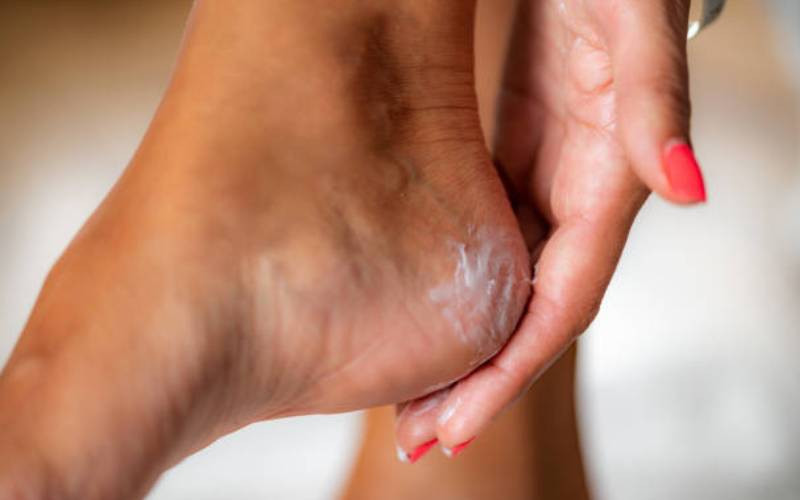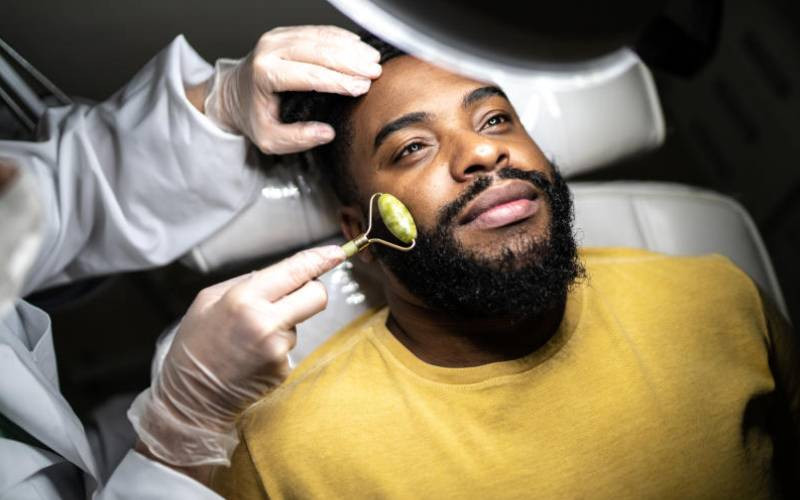
Make-up brushes are an important yet often underrated part of your make-up kit. Sadly, there’s not a lot of information out there on how to select and buy good make-up brushes or how to properly care for them.
The right make-up brushes will bring your make-up palette to life. They can be the difference between a perfect face and a clowny mess in your make-up application.
Buy high quality brushesSo how do you find the right brush? Perform this simple test: rub the brush against your skin. Does it feel rough and scratchy? Don’t buy it. A good make-up brush should feel soft.
Next, test the strength of the brush bristles by running it against your hand. Do any fibres fall out? If the bristles stay put and it feels soft, you have a keeper!
You need at least five different kinds of make-up brushes: a foundation brush, a concealer brush, a powder brush, an eyeshadow blending brush and an eye shadow flat brush.
After you’ve gotten the basics, you can add a counter brush, a crease brush, an eyeliner brush, and a lip brush.
Don’t worry, you don’t have go crazy when it comes to make-up brushes – start with a fluffy foundation brush and eyeshadow brushes. High-quality make-up brushes can be quite expensive, so make sure to choose carefully.
Why you need to clean your brushesCleaning your make-up brushes is an important part of maintaining them. Experts say you should clean your brushes at least once a week to prevent the build-up of make-up, dust, oil, and germs. Gunk on your brushes can irritate your skin and cause breakouts.
When you use dirty make-up brushes, you also transfer germs into your expensive make-up products. The germs thrive in the moist products, spoiling them before their expiry dates.
Different brushes might need slightly different cleaning and maintenance. Here is how to clean natural and synthetic brushes:

Brushes with natural bristles such as goat, squirrel and fitch hair should be treated differently from their synthetic counterparts.
Natural brushes shed when first used, but with careful care and maintenance, you can reduce shedding and keep them soft and supple for years.
The bristles of natural brushes might be damaged if they are washed too regularly. Instead of cleaning with soap and water every other day, wipe away the excess product with a microfiber towel. You can also use a no-rinse spray cleaner to spot clean, especially if you have oily or acne-prone skin.
Deep clean your natural bristle brushes every 1-2 months with a gentle brush shampoo. Start by wetting the brush with warm water before applying the product. Swish the brush on the palm of your hand and rinse under lukewarm running water.
In addition, to keep the bristles of your natural brushes soft and help them last longer, you have to condition them after washing. Simply apply a small amount of conditioner to the bristles. Allow the brushes to sit with the conditioner for one minute before rinsing out.
You can also make your own cleanser by squeezing a lemon and adding 4-5 drops of coconut oil. Apply this mixture on your brush and let it sit for a couple of minutes before rinsing off with warm water. If the brush still looks oily, swish it in more freshly-squeezed lemon juice and rinse again.
Synthetic brushesUnlike brushes with natural bristles, you should be cleaning your synthetic fibre brushes every day…or at least every other day. They can withstand more washing, which will keep germs away from your face.
Invest in an alcohol-based cleaner for your synthetic brushes such as the Clinique Make-up Brush Cleanser.
Alcohol helps break down the grease from your make-up products. But don’t worry if you don’t have a specially designed make-up brush cleaner at hand – regular dishwashing detergent will do the job just fine.
You can also use a mild baby shampoo or a high quality clarifying shampoo.
Wash your brushes in warm water and swish it in the palm of your hand. Rinse with warm water and lay it flat to dry. Put a towel on the counter and arrange your brushes with the bristles hanging over the edge so they air dry faster.
 The Standard Group Plc is a multi-media organization with investments in media platforms spanning newspaper print
operations, television, radio broadcasting, digital and online services. The Standard Group is recognized as a
leading multi-media house in Kenya with a key influence in matters of national and international interest.
The Standard Group Plc is a multi-media organization with investments in media platforms spanning newspaper print
operations, television, radio broadcasting, digital and online services. The Standard Group is recognized as a
leading multi-media house in Kenya with a key influence in matters of national and international interest.










